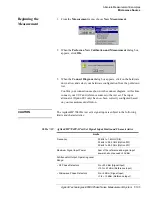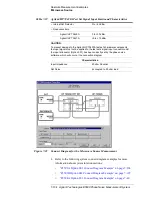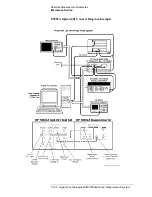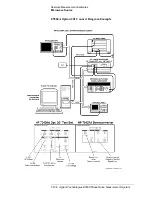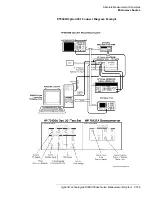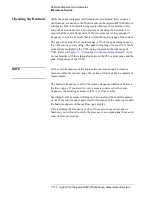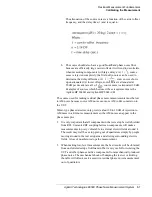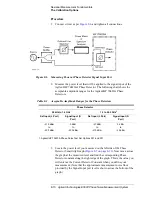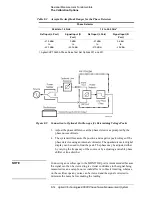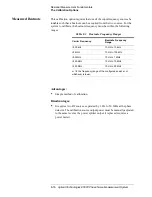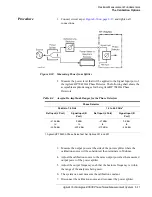
8-2
Agilent Technologies E5500 Phase Noise Measurement System
Residual Measurement Fundamentals
What is Residual Noise?
What is Residual Noise?
Residual or two-port noise is the noise added to a signal when the signal is
processed by a two-port device. Such devices include: amplifiers, dividers,
filters, mixers, multipliers, phase-locked loop synthesizers or any other
two-port electronic networks. Residual noise is composed of both AM and
FM components.
The Noise Mechanisms
Residual noise is the sum of two basic noise mechanisms:
Additive noise
Additive noise is the noise generated by the two-port device at or near the
signal frequency which adds in a linear fashion to the signal.
Figure 8-1
Additive Noise Components
Multiplicative noise
This noise has two known causes. The first, is an intrinsic, direct, phase
modulation with a 1/f spectral density and the exact origin of this noise
component is unknown. The second, in the case of amplifiers or multipliers,
is noise which may modulate an RF signal by the multiplication of baseband
noise with the signal. This mixing is due to any non-linearities in the
two-port network. The baseband noise may be produced by the active
device(s) of the internal network, or may come from low-frequency noise on
the signal or power supply.

